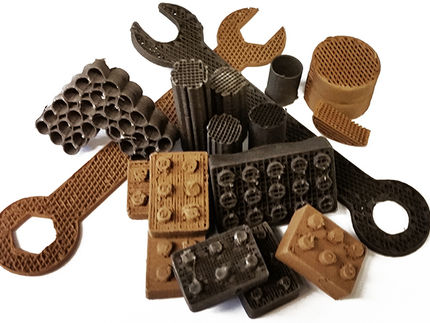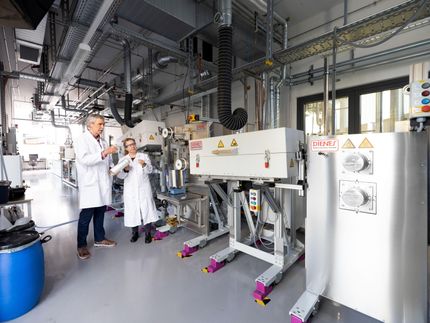Thermoplastic Elastomer Market Growth
TPE Products Must Penetrate Traditional Rubber Markets to Sustain Growth
Thermoplastic elastomer (TPE) producers must break down barriers to market development and raise awareness of end-users about the total system cost and marketing benefits from using TPE rather than natural and thermoset rubber, claims a new report from international market consultants Frost & Sullivan.
Total revenues from TPE compounds in technical thermoplastic applications were $913 million in 2001 against $776 million in 1998. Market revenues are projected to reach $1,299 million in 2008. This represents a compound annual growth rate of 5.2 percent during the period 2001 to 2008.
The replacement of traditional materials such as natural and thermoset rubbers has been successful owing to the ease of processing, performance properties and recyclability of TPE. This replacement is likely to continue to drive demand during the next five years. However, there may be significant barriers to the further replacement of rubber by TPE.
"Rubber processors have been reluctant to invest in thermoplastic processing technology because of high switching costs, and are generally unconvinced about TPE performance versus traditional rubbers. In addition, the rubber processors have long-standing relationships with OEMs in many traditional markets where TPEs need to penetrate in order to sustain growth. This will raise entry barriers for thermoplastic elastomer producers," explains Brian Balmer, Research Analyst in the Performance Materials team.
As penetration rates for TPE in existing applications increase, it will become more difficult to find new areas for market development. TPE producers are responding to this challenge by expanding the range of performance properties to permit entry into new market sectors where rubber still dominates. Improving compression set, adhesion to other polymers and metals, softness, UV resistance, chemical and oil resistance and vibration damping, are the principal properties on which TPE producers are focusing attention.
In the future, manufacturers should look to automotive sealing systems, medical products and "soft touch" consumer products, where there is still scope for further rubber replacement. Success will depend on the close co-operation between end-users and the suppliers^Ò R&D and technical service teams.
The report examines the key trends for technical applications in the Automotive, Extrusion, Consumer goods, Regulated products and Wire & cable market sectors. Six broad TPE types are examined:
- Styrenics (mainly SEBS: Styrene-Ethylene-Butylene-Styrene)
- Thermoplastic polyolefin elastomers (TPO)
- Thermoplastic vulcanizates (TPV)
- Thermoplastic polyurethane elastomers (TPU)
- Copolyester thermoplastic elastomers (COPE)
- Copolyamide thermoplastic elastomers (COPA)
The report "European Technical Applications for Thermoplastic Elastomers Markets B103" is available to purchase from: Frost & Sullivan, 4100 Chancellor Court, Oxford Business Park, Oxford, OX4 2GX, UK. Contact: Bill Stringer +44 (0) 1865 398651,bill.stringer@frost.com
Most read news
Topics
Organizations
Other news from the department business & finance

Get the chemical industry in your inbox
By submitting this form you agree that LUMITOS AG will send you the newsletter(s) selected above by email. Your data will not be passed on to third parties. Your data will be stored and processed in accordance with our data protection regulations. LUMITOS may contact you by email for the purpose of advertising or market and opinion surveys. You can revoke your consent at any time without giving reasons to LUMITOS AG, Ernst-Augustin-Str. 2, 12489 Berlin, Germany or by e-mail at revoke@lumitos.com with effect for the future. In addition, each email contains a link to unsubscribe from the corresponding newsletter.




















































